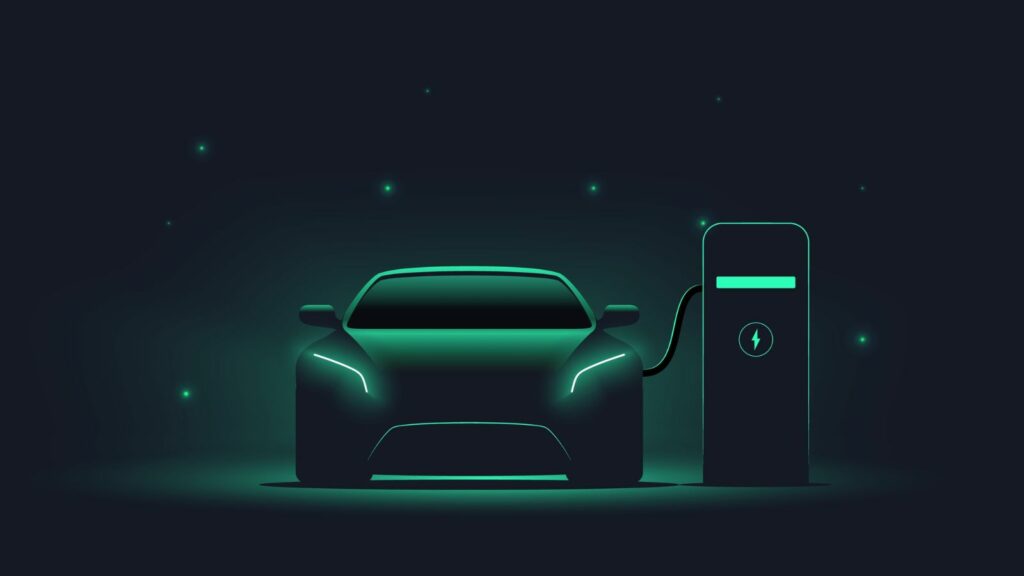Electric vehicle (EV) sales around the world are surging. In 2023, they sold a record 1.2 million units and had around 7.6% of the overall market. These numbers will only go up every year. However, EVs are also demonized regularly across media. Here are 19 misconceptions about EVs:
It Takes Too Long to Charge
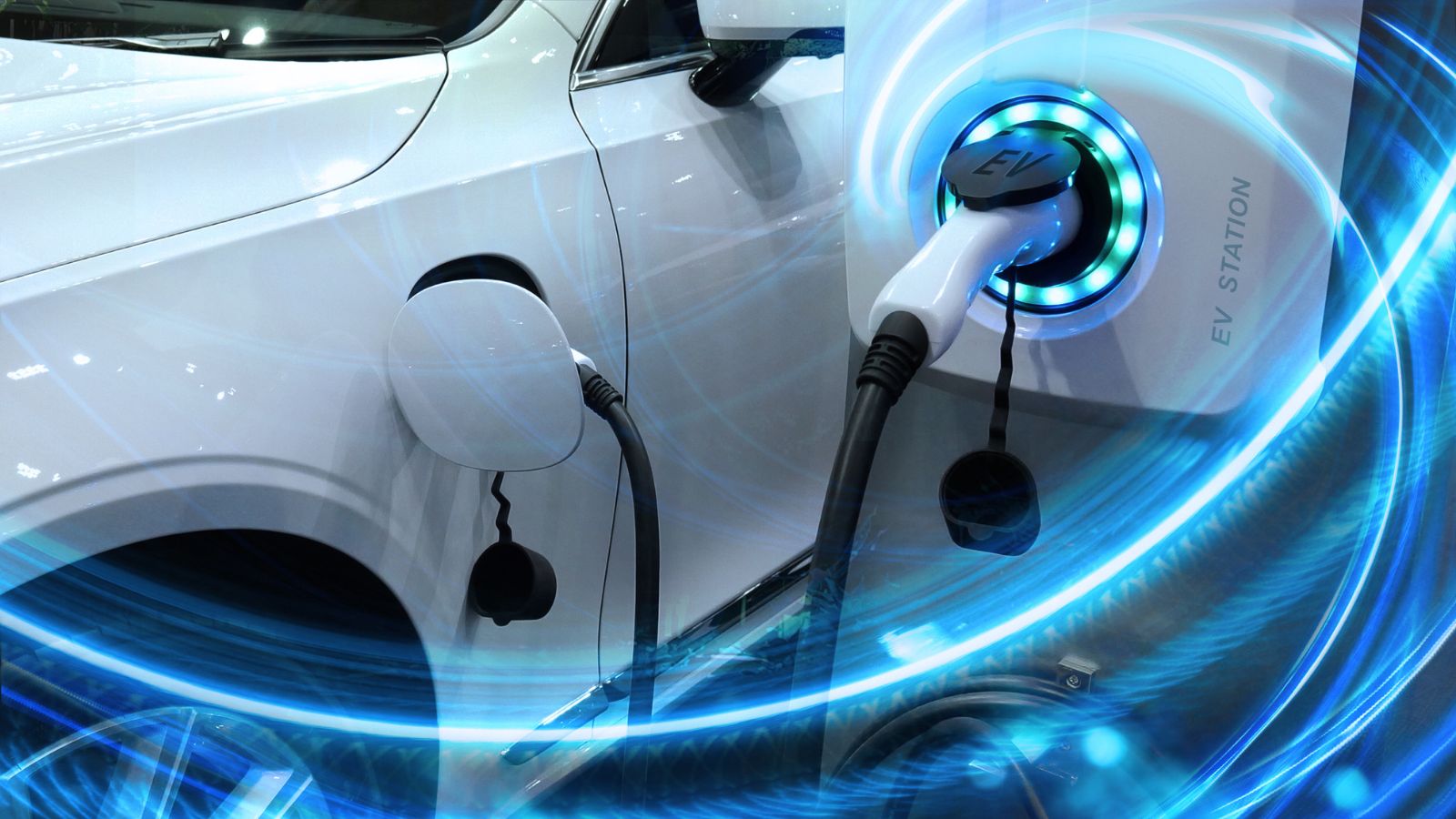
Cars spend most of their time parked unless you are a cab driver. You can easily charge your car at home overnight. Today, with the advances in technology, most cars go from 20% charge to 80% charge in less than 30 minutes. If you are traveling on the highway, you need a stop with an electric outlet, and your electric vehicle is good to go in the time it takes to finish a short meal.
EVs HaveToo Much Carbon Debt
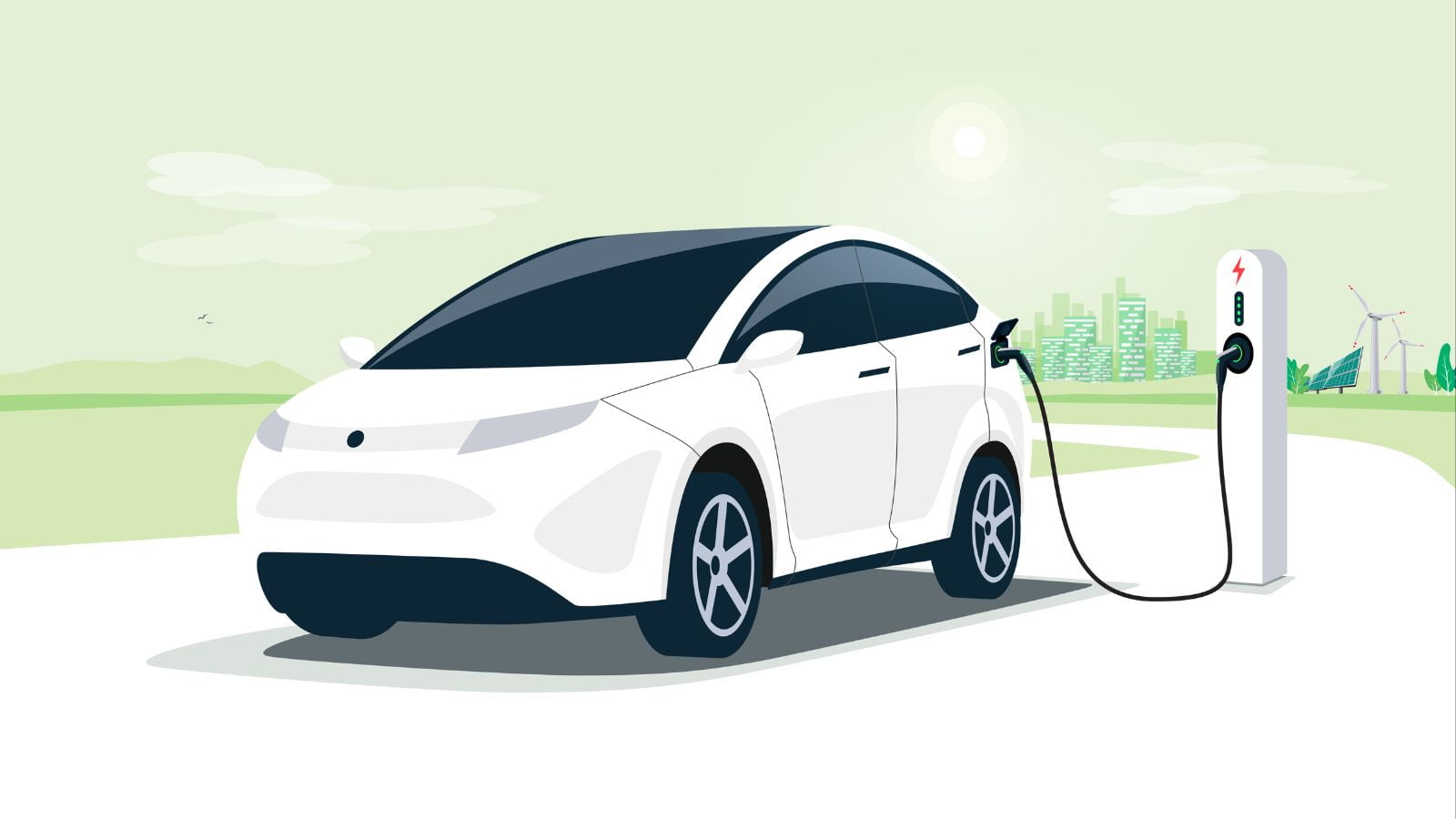
Some misleading articles say electric vehicles must travel 50,000+ miles to break even with an ICE (internal combustion engine) vehicle. That’s false. It typically takes an EV two years or around 11,000 miles to break even. A Tesla Model Y would pay off its carbon debt in 13,000 miles.
EVs Are Worse Because They Emit Too Many Power Plant Emissions

This is false. While EVs do recharge thanks to electricity, people assume that they only use fossil-fuel-powered electricity. The EPA website says that as of 2023, 21.4% of the US is powered by renewable energy, and this percentage is only on the rise.
EVs Are Worse Because of Battery Manufacturing

Some studies say EVs can create more carbon pollution because of the energy required to make their batteries. However, the EPA says that over the “lifetime of the vehicle, total GHG emissions associated with manufacturing, charging, and driving an EV are typically lower than the total GHGs associated with a gasoline car.”
EVs Will Collapse the US Power Grid

As the number of EVs increases, the amount of electricity consumed will also increase, but the US power grid is not in danger of collapsing. As a previous point says, most EVs will be charged at night when rates are cheaper, and if more capacity is needed, the US is perfectly capable of handling it.
EVs Break Down Quicker

EVs have lower chances of breaking down than regular ICE vehicles because they have fewer moving parts. Thanks to regenerative braking, their brake systems are better; they require fewer fluids and are more efficient.
EVs Need Special Electrical Outlets

This is a laughable misconception. EVs can be charged in the same electric outlet in which you plug your toaster or vacuum cleaner. You can charge an EV whenever and wherever you want to by using any electric outlet.
EVs Don’t Have Enough Charge for the Daily User

Data shows that the average household car (85%) typically travels less than 100 miles daily. Most EV cars are capable of delivering 200 miles on a full charge. Again, unless you are a cab driver or your car is your primary source of income, you are good to go.
EVs Are Unsafe

EVs are just as safe as gasoline-powered vehicles. All EVs are required to undergo stringent testing under Federal Motor Vehicle Safety Standards, which are extensive and very well established. These tests are strict regardless of whether they are an EV or an ICE car. The same applies to EV batteries.
EV Batteries Will Last Only a Few Years
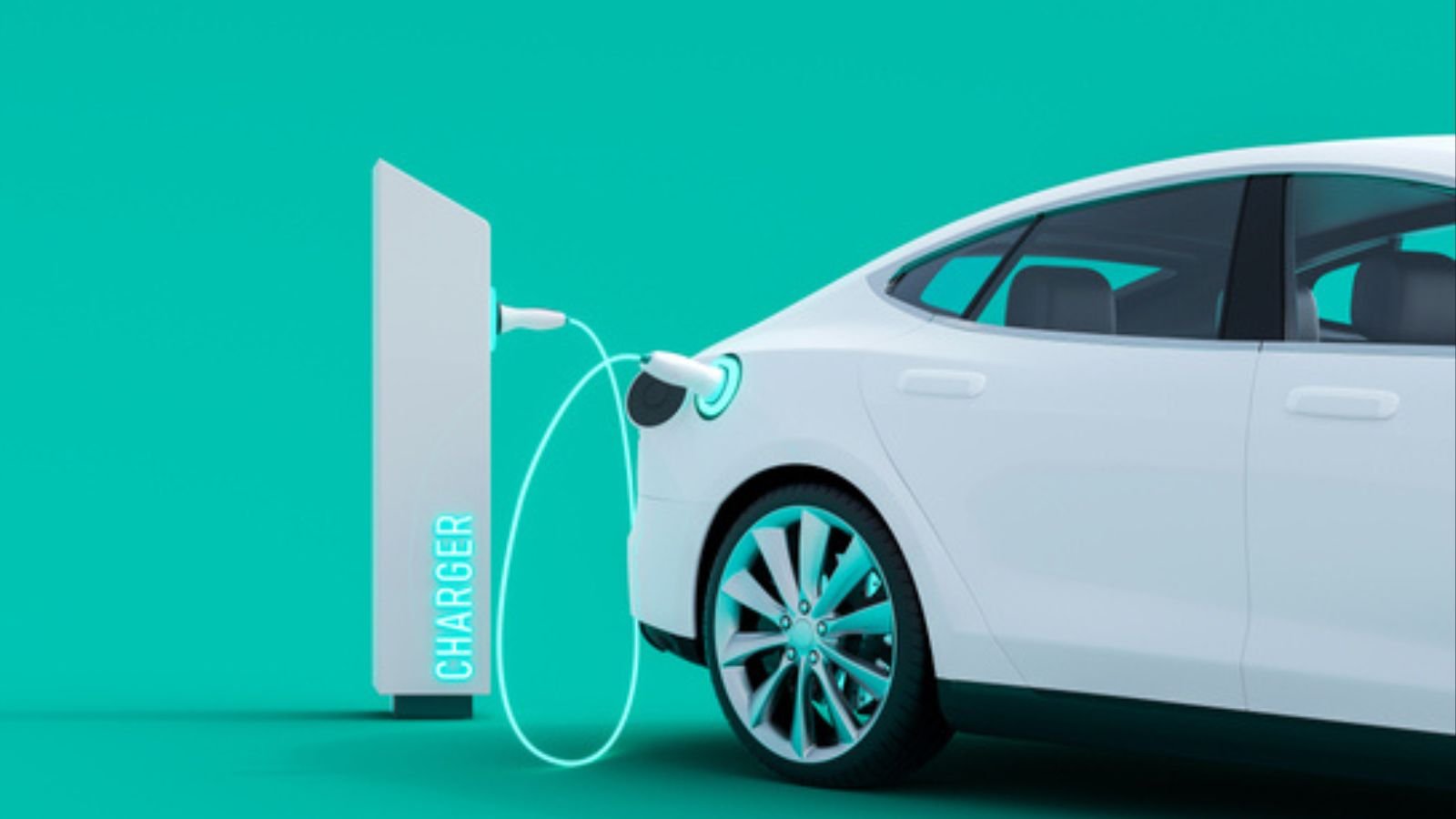
Current estimates say that EV batteries can last 15-20 years or 100,000 to 200,000 miles. That’s pretty much the same as for ICE vehicles. If you drive an EV for so many miles, you’ll quickly recover the cost of your battery.
EVs Are Slower Than Ice Vehicles

EVs are faster than regular ICE vehicles when it comes to getting off a stop. At higher speeds, EVs are slower than ICE vehicles, but we are talking about speeds greater than 150 mph. Are you a NASCAR driver? You won’t have to hit such high speeds regularly if you aren’t.
EVs Perform Worse Than ICE Vehicles

EVs are much more efficient than ICE vehicles and more affordable in the long run. They also help keep the earth green.
EVs Are Dangerous to Charge in the Rain
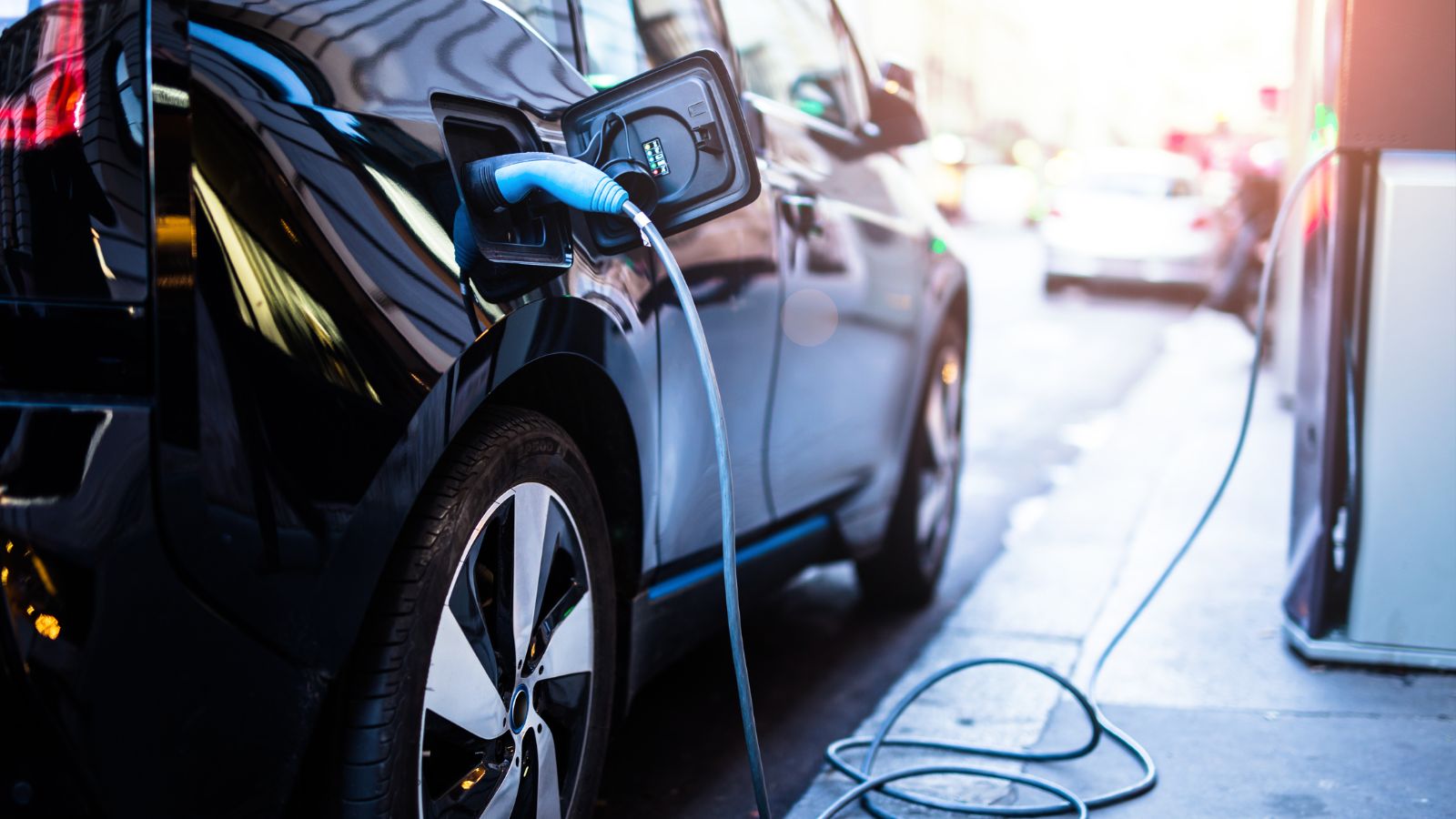
EVs have water ingress protection. This means all the electrical components are sealed and insulated from all weather. This is one of the mandatory requirements of the Federal Motor Vehicle Safety Standards. They are protected from water, dust, and any foreign particles.
There Aren’t Enough EV Charging Points in the US

As stated above, you can charge your EV at any electrical outlet. The National Grid website says that “there are almost as many EV charging ports as there are gas stations.” It adds that the “Bipartisan Infrastructure Law also allocates $7.5 billion for EV charging infrastructure to support continued expansion.” There’s no need for anyone to worry about a shortage of charging points.
EVs Can Randomly Burst into Flames

A University of Berkeley article says gasoline vehicles are about 30 times more likely to combust than EVs. Their battery chemistry makes them less prone to fires than regular fuel tanks, so the chances of an EV bursting into flames are minimal.
Hydrogen Cars Are More Sustainable Than EVs

The UK government did a lifecycle analysis of hydrogen cars and EVs. The findings reported that EVs are “much more efficient” than hydrogen cars, and their lifecycle emissions are 60-70% lower than those of hydrogen cars, even if the hydrogen was from a low-carbon source.
Energy Prices Will Make EVs More Expensive Than ICEs
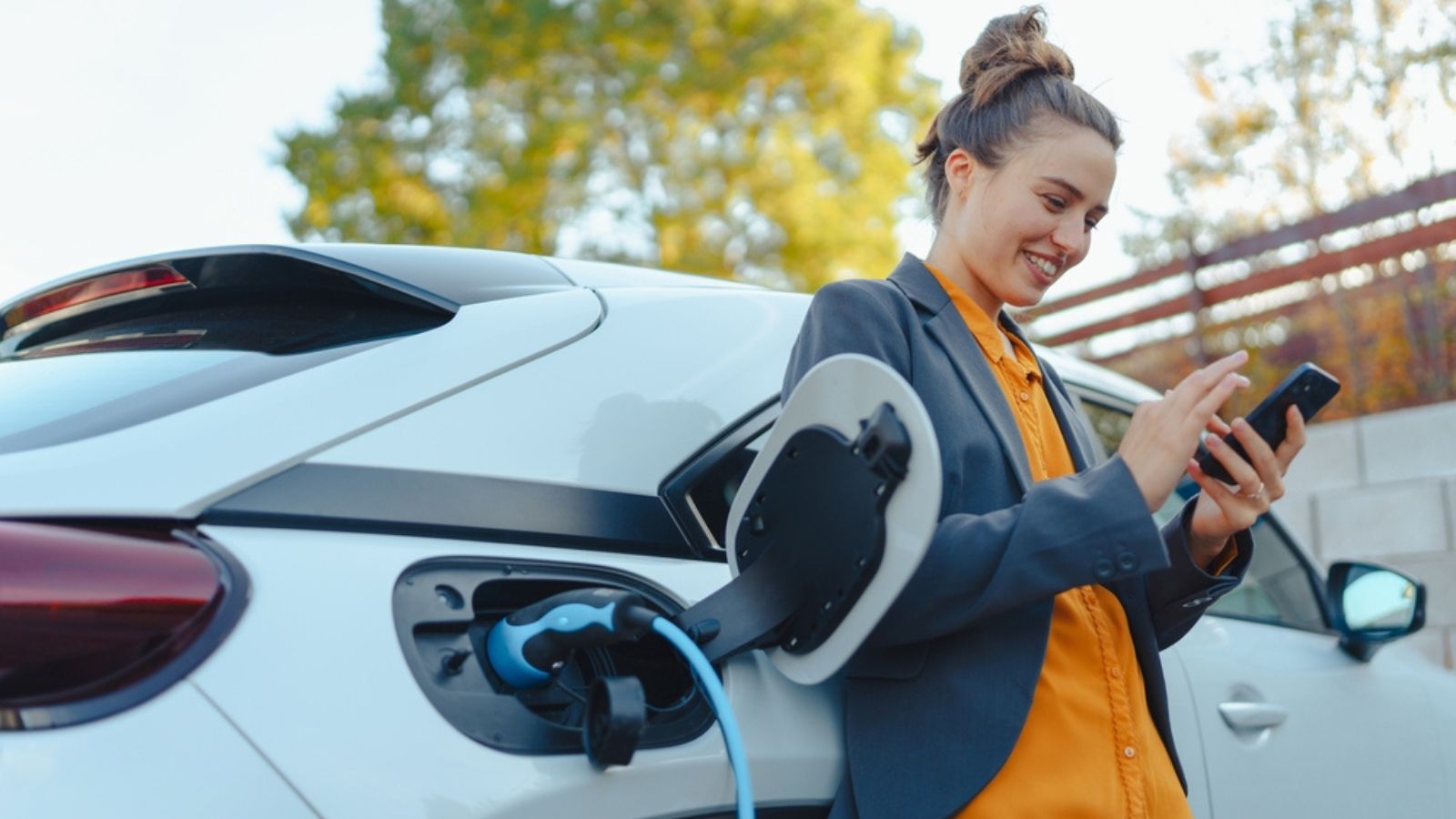
This is purely a function of economics. When gas prices are higher, it is more expensive to drive an ICE vehicle. A 2023 article by the UK’s Climate Change Committee said that EVs “will be significantly cheaper than petrol and diesel vehicles to own and operate over their lifetimes.” This is because as the share of renewable energy grid grows, energy prices will continue to fall.
There Is a Shortage of Minerals Required for EVs
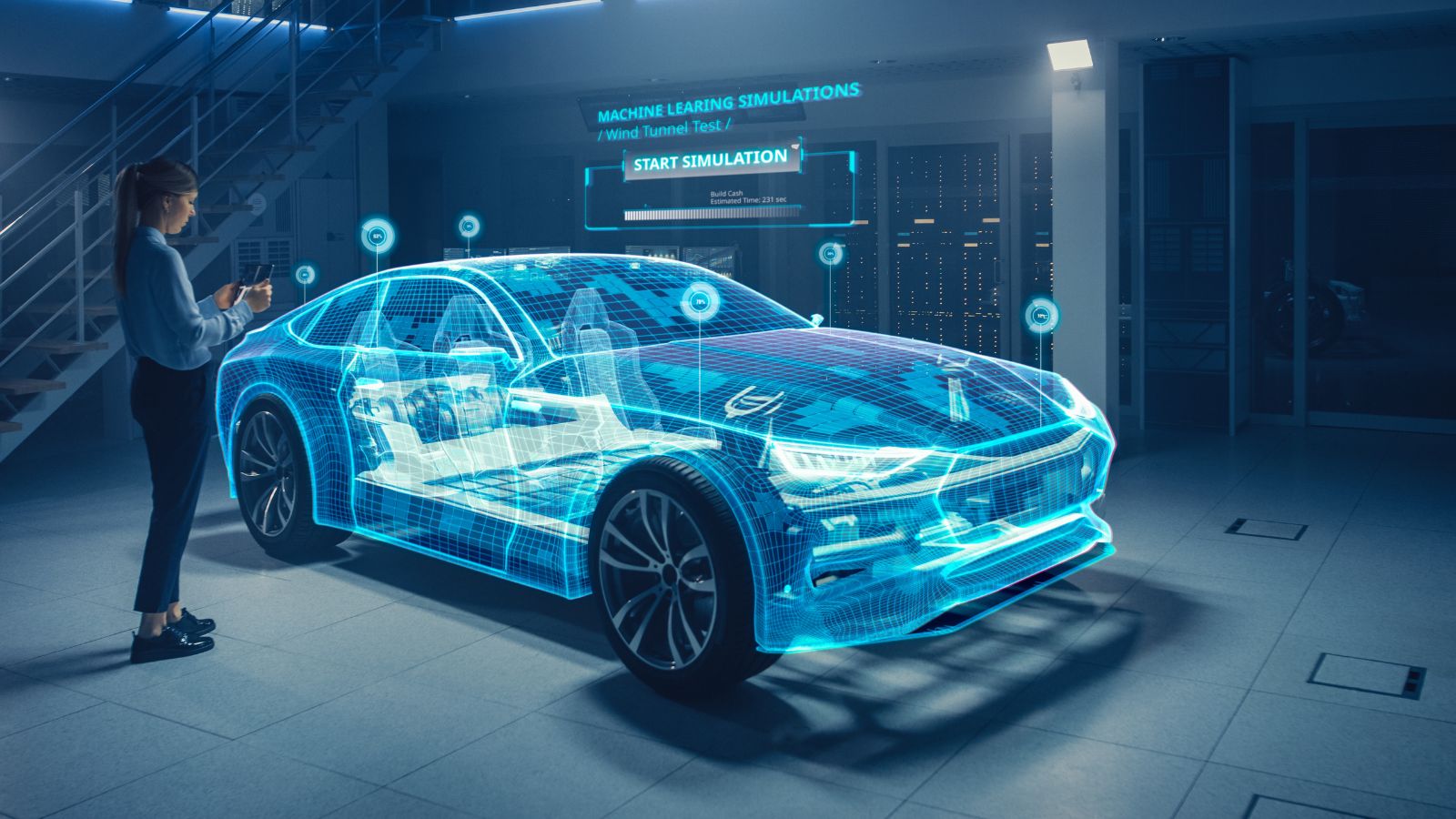
A July 2023 Energy Transmissions Report debunked this misconception. It said, “There is no fundamental shortage of any of the raw materials to support a global transition to a net-zero economy: geological resources exceed the total projected cumulative demand from 2022-50 for all key materials, whether arising from the energy transition or other sectors.”
EV Batteries Are Unsustainable
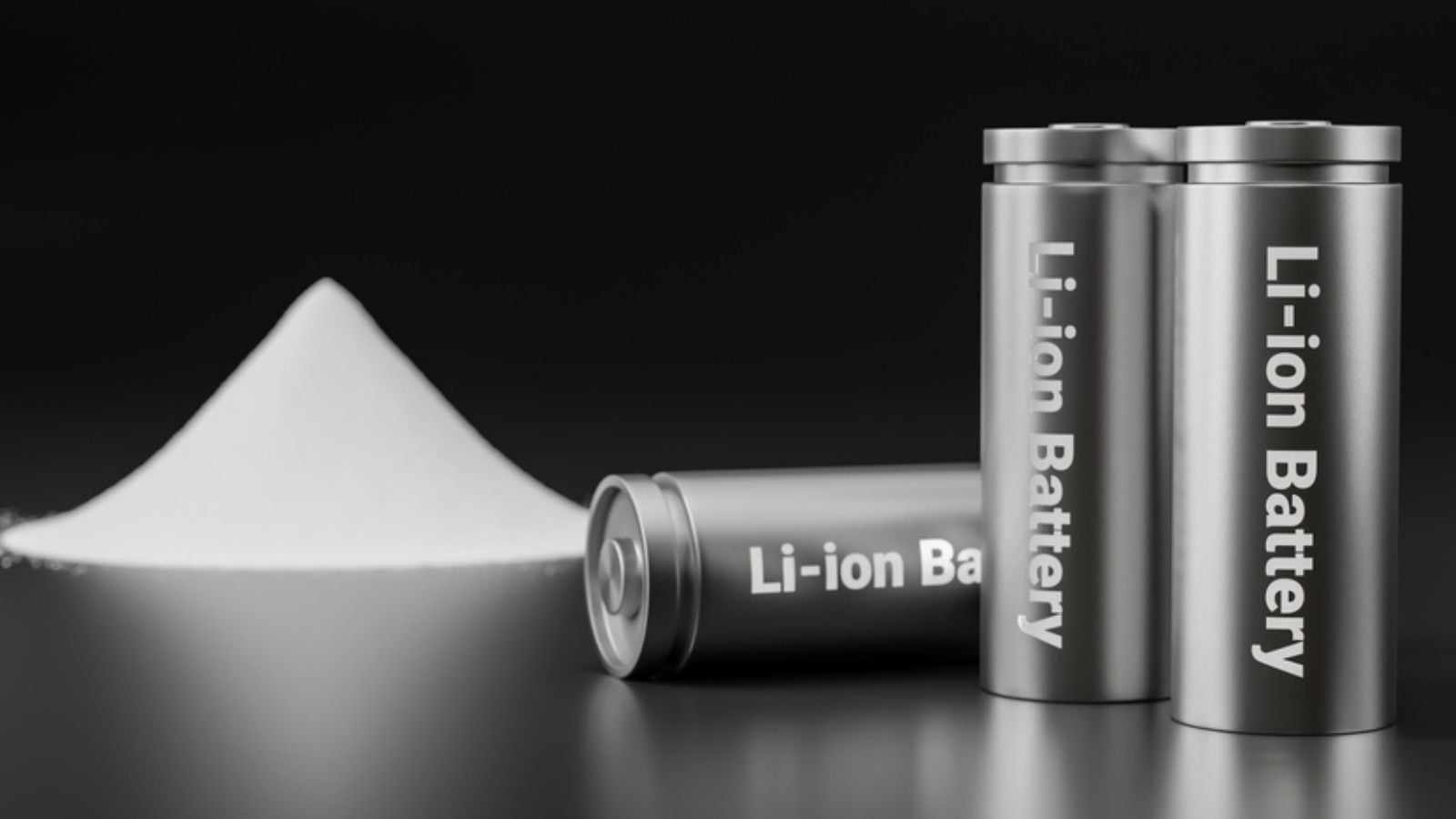
This is a misconception that pops up occasionally. A September 2023 article by The International Council on Clean Transportation says, “…that recycling plants are being built in regions where EV and lithium-ion battery production sites are already located. This creates a coherent ecosystem where the recycled material can easily be fed back into the lithium-ion battery and EV production lines.”
15 Most Reliable Cars Ever Made — Why They Never Quit
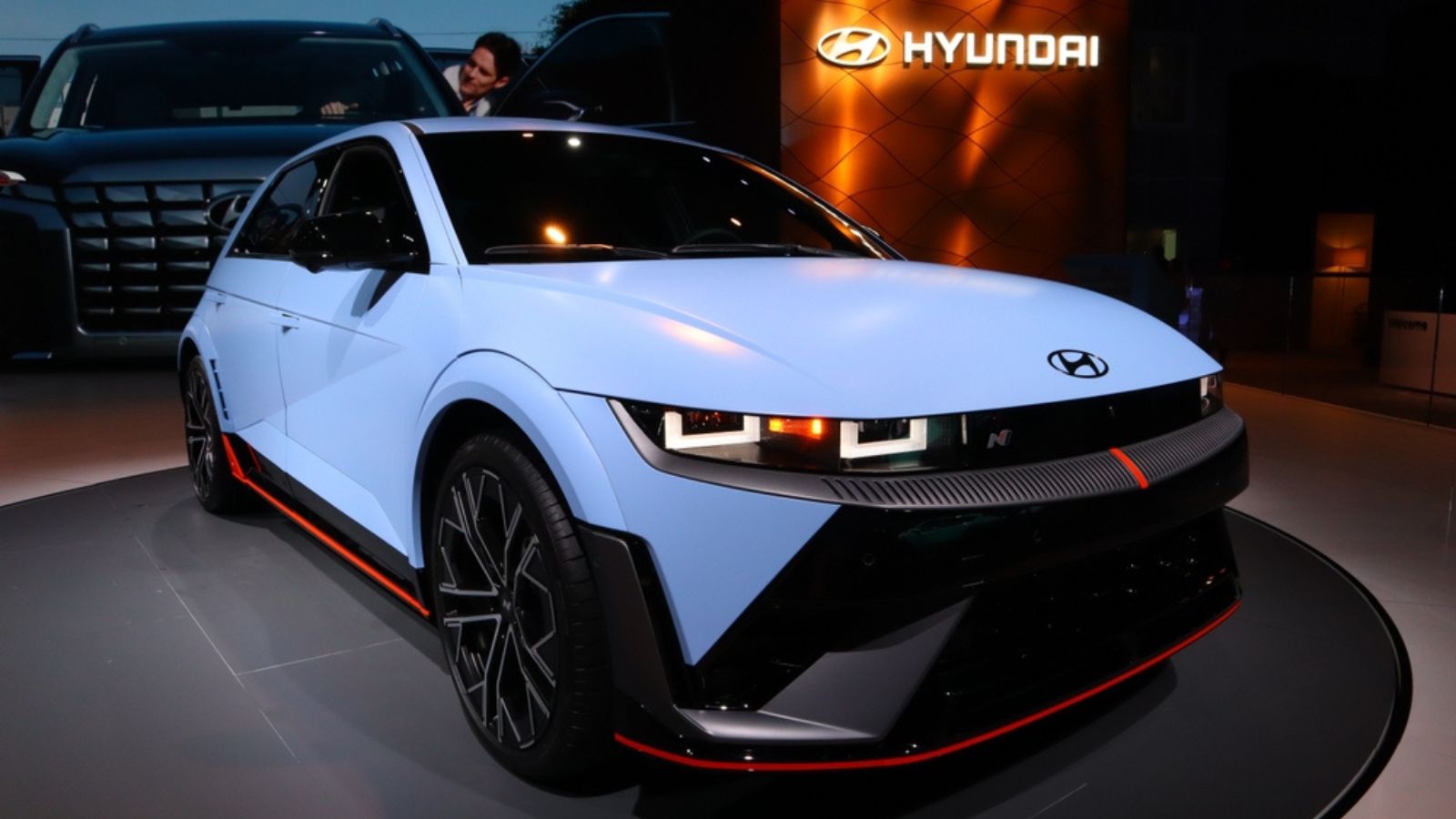
Some claim that the dependability of autos has decreased. Modern cars have a shorter lifespan than some cars manufactured between the 1970s and the 1990s, but some new and used cars today are good enough to last for at least ten years and up to 500,000 miles. When these vehicles break down, most problems are relatively simple, and many don’t have serious difficulties. Here are 15 of the most reliable cars ever made: 15 Most Reliable Cars Ever Made — Why They Never Quit

Alanna Rosen is an experienced content writer that focuses on many EV and educational content. Her articles are regularly published on Get CyberTrucked and syndicated on large publications.
